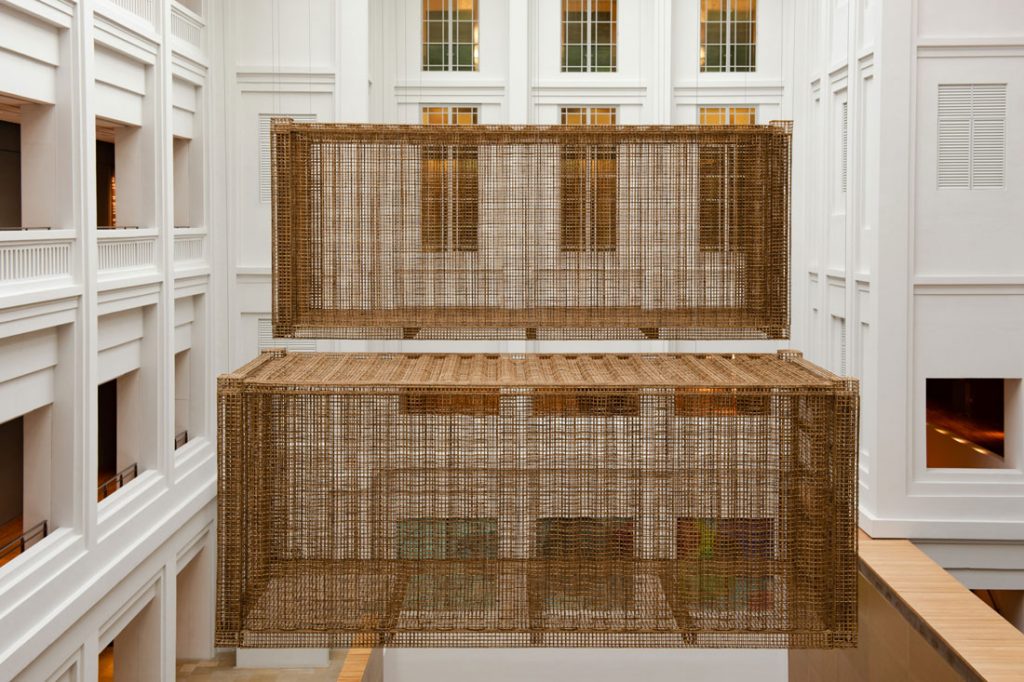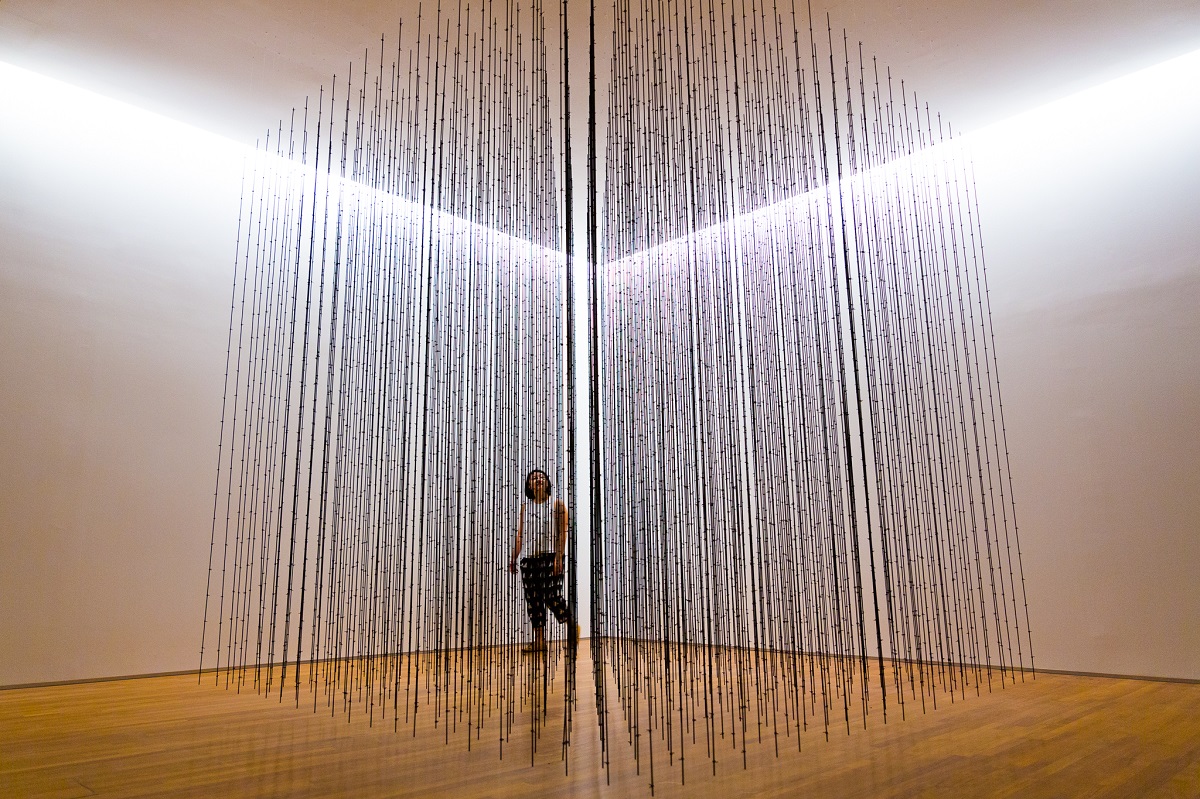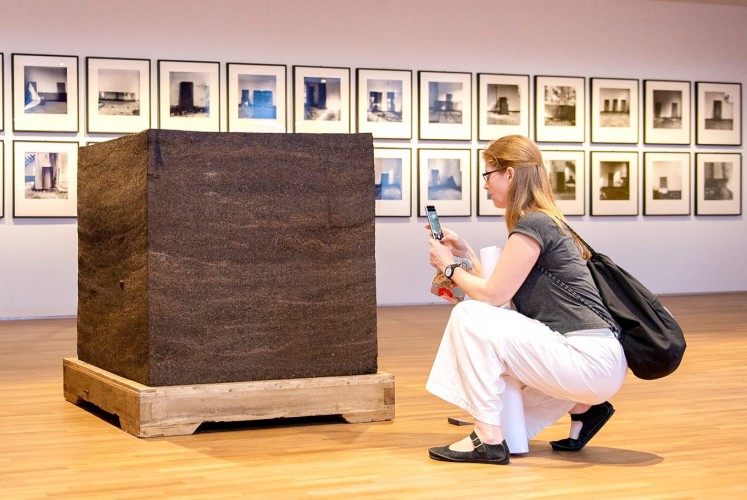The five-month exhibition, which runs until April 14 next year, brings some 150 works by more than 80 artists and 40 composers to two venues: the National Gallery Singapore and the ArtScience Museum at Marina Bay Sands.

“While Minimalism has had a significant impact on contemporary design and lifestyle in Asia, its relationship to art in the region has been less well understood,” said National Gallery Singapore director Eugene Tan.
The exhibition, he said, aimed to examine the relationship of Minimalism to art in Asia, as well as the influence that Asian spirituality and philosophy had on the movement’s origins.


Minimalism, one of the most influential art movements of the 20th century, offers a powerful new way of experiencing art: rather than referencing the world outside, its simple forms invite viewers to contemplate what is physically before them in the present moment.
This fundamental shift was inspired by questioning the role of art amid the great social changes of 1960s America, which spurred a search for new forms of consciousness. The movement’s key influences were Asian spirituality and emerging ideas on perception.


Minimalism contributed to the transformation of how artists used materials and space and how they involved the viewer – considered fundamental to the development of contemporary art forms such as installations and performance art.
Tan curated the exhibition over two-and-half-years alongside the gallery’s Russell Storer, Silke Schmickl and Goh Sze Ying, as well as Adrian George and Honor Harger of the ArtScience Museum.
Visitors to the exhibit can trace the development of Minimalist art and ideas from the 1950s to the present at the National Gallery Singapore, before heading to the ArtScience Museum to explore key aspects of the movement’s artistic trends, including color and spirituality.
According to thejakartapost













